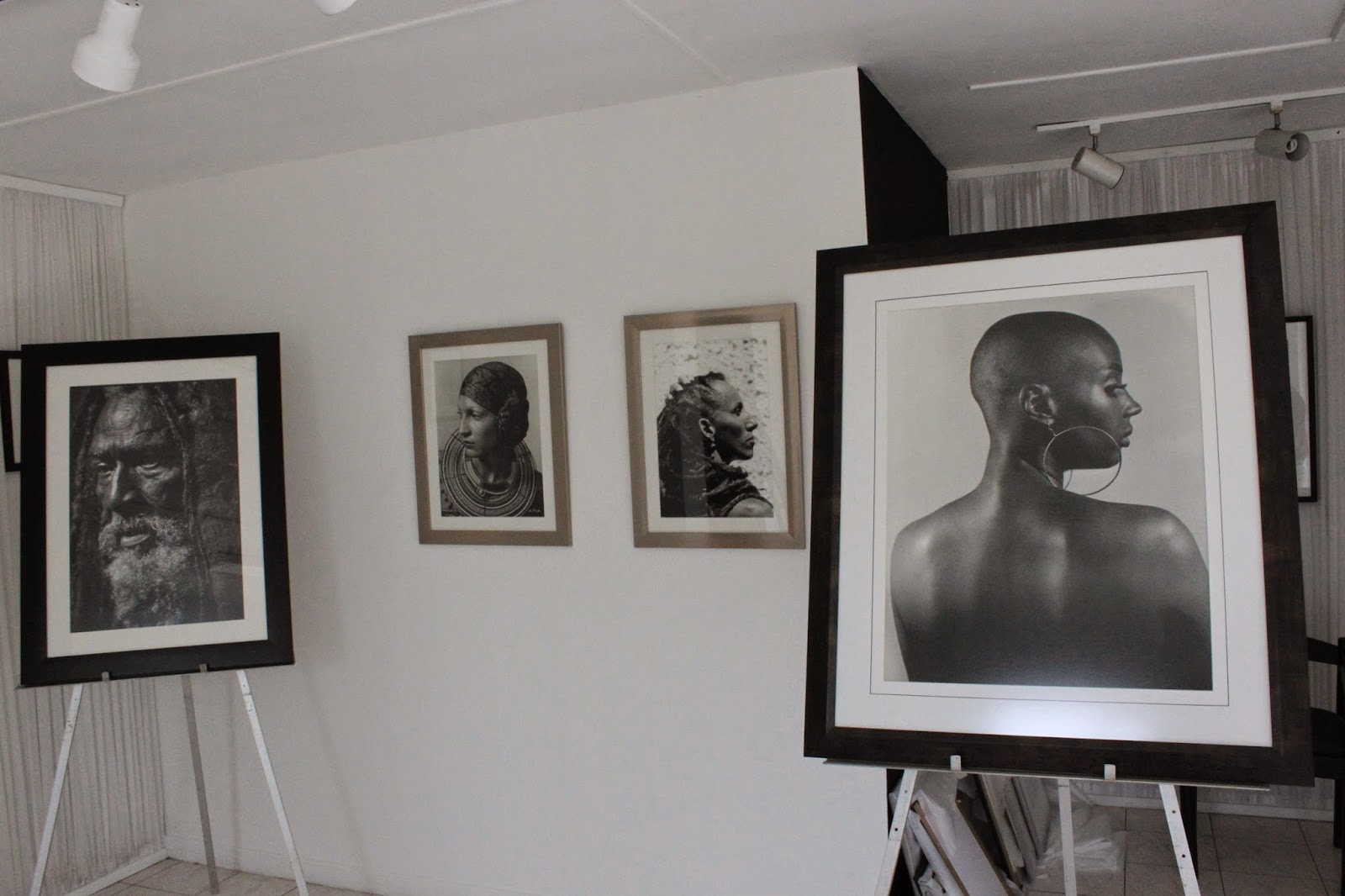A Journey To The Past - Art In Jamaica (C. 1000 - C. 1900)
Hues of the yellow light dispersed on the hollow eyes of the Zemi, standing like a warrior enclosed in a glass frame, the large eye sockets of the mahogany figurine holds centuries of Jamaica's history buried in them.
The Zemi, which were worshipped by the Taino, are part of the selection of the rich heritage housed in the Art in Jamaica, c. 1000-c. 1900 section at National Gallery of Jamaica in downtown Kingston."These (artefacts) are priceless and (are a) deep-rooted representation of Jamaica's history," said Monique Barnett-Davidson, curatorial assistant in the education department at the National Gallery.
The diversity of the exhibits - like the country's motto 'Out of Many, One People' is a confluence of cultures - commencing from the early Taino artefacts made of wood, chiselled into the early Spanish-Persian influence in limestone, dissipating on to canvas in geometrical perfection and symmetrical symphony.
This artistic journey is like travelling through a time warp - spiritually-seeped Taino artefacts carved from wood, the Duho chair, a Zemi on a pedestal.  "This (Zemi) was used for ceremonial purposes, where cahoba powder, from cahoba tree, bits of shell were ground, the high priest Behique, used to inhale this powder and it is believed he communicated with the spirits," Barnett-Davidson informed.
"This (Zemi) was used for ceremonial purposes, where cahoba powder, from cahoba tree, bits of shell were ground, the high priest Behique, used to inhale this powder and it is believed he communicated with the spirits," Barnett-Davidson informed.There is a section of limestone column, excavated from (Sevilla la Neuva) New Seville, in St Ann's Bay.
"The carvings on the column are grotesque, which can include plants, animals or mythical creatures," she said.
The column in the exhibit depicts fruits, flowers, and plants that existed in Jamaica at that time. This piece is also priceless as not much was left of the Spanish artefacts as they were destroyed when the British came to Jamaica.
"The Spanish settlements weren't complex, they were not fortified and it was easy for the British to defeat them," Barnett-Davidson said. "A lot of physical infrastructure was destroyed."
Intricately carved late 17th century turtle shell combs from Port Royal adorn a section. These were produced by English craftsmen and depict local flora and fauna carved into them.
An elaborate and finely crafted jewellery box in that collection has one of the earliest depictions of the Jamaican Coat of Arms.
The journey meanders through the art in the English era, culminating in works of Jamaican-born printer and landscape painter, Isaac Mendez Belisario.
His works are divided into two sections, one of the landscapes and the other of sketches of people, delving into their daily lives.
"The work of the sketches of the people is taken from the publication Sketches of Character," Barnett-Davidson said. The book which was published in 1838, was printed at the Gleaner press, and looks at the life of the freed Jamaicans - their customs, how they dressed, and their celebrations.The collection also showcases how they earned their living - from Lovey the toy maker, milk lady, chimney sweep, to water-jar sellers.
Belisario's landscape works centre around Kelly's Estate, highlighting the beauty and fine details of the Jamaican countryside. "He is known as the last exponent of the picturesque estate landscape in Jamaica," Barnett-Davidson informed.
This historical journey of art is interactive; the artefacts seem to speak with the visitor, providing a sneak peek into the life and times of this island nation.
"The most significant thing is that this collection looks, in more detail, at the intricacies and context of the exhibits," Barnett-Davidson said. "It gives viewers (a chance) to engage in visual imagery first hand."
Published April 7, 2013 - The Sunday Gleaner








Comments
Post a Comment